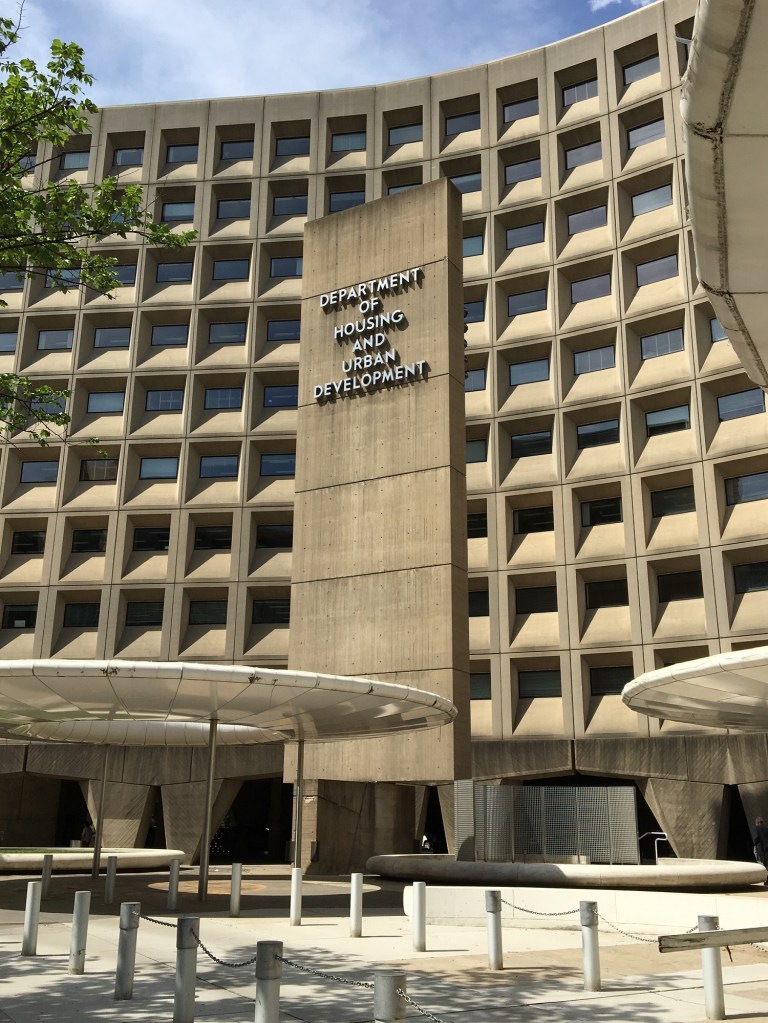This story was originally published in Affordable Housing Finance.
The Trump administration is once again proposing to eliminate or reduce key housing programs in its fiscal 2020 budget proposal.
The approximately $44.1 billion spending plan for the Department of Housing and Urban Development (HUD) is about $9.6 billion, or 18%, below the fiscal 2019 enacted level.
Here are 10 key takeaways:
· The HOME Investment Partnerships program would be eliminated. No funding is proposed for HOME, which received $1.25 billion in fiscal 2019;
· The Community Development Block Grant program would be eliminated. No funding is proposed for the grants, which received $3.3 billion in the final 2019 budget;
· The National Housing Trust Fund, which was authorized by the Housing and Economic Recovery Act of 2008, would be eliminated. The president’s budget seeks to eliminate the assessments on Fannie Mae and Freddie Mac that support the Housing Trust Fund. HUD anticipates receiving approximately $245 million from the calendar year 2018 collection, which will be distributed to the states in fiscal 2019;
· The Choice Neighborhoods Initiative would be eliminated after receiving $150 million in the last budget;
· The public housing capital fund would be eliminated. No funding is proposed for the fund, which received $2.78 billion in fiscal 2019;
· The public housing operating fund would receive $2.86 billion, a reduction from $4.65 billion in fiscal 2019;
· Homeless Assistance Grants would receive nearly $2.6 billion, a roughly $37 million cut from the $2.64 billion received in fiscal 2019.
· The tenant-based rental assistance program would receive $22.2 billion under the proposal, a reduction from nearly $22.6 billion;
· Project-based rental assistance would receive $12 billion, an increase from about $11.7 billion; and
· The Rental Assistance Demonstration (RAD) program would be funded at $100 million. Plus, HUD requests that the cap of 455,000 units be eliminated, allowing any public housing property that could convert under RAD to do so.
The administration has proposed many of the same cuts in the past, but Congress has largely rejected those moves.
What People Are Saying About the Proposed Budget
“This budget advances our key priorities, including empowering HUD-assisted families to achieve self-sufficiency. For generations, the idea of the federal government providing housing assistance meant only one thing—helping to pay the rent so families can have a roof over their heads. But we must also think about how we can help families to access financial programs, educational opportunities, and higher–paying jobs. In short, we must think beyond investing in bricks and mortar and think about investing in people.”
—HUD secretary Ben Carson
“With this budget request, president Trump and secretary Carson are making clear in no uncertain terms their willingness to increase evictions and homelessness—for the vulnerable seniors, people with disabilities, and families with kids who will be unable to manage having to spend more of their very limited incomes to cover rent hikes. The administration callously disregards its responsibility to the millions of households living in deteriorating public housing and to low-income people and communities working to recover and rebuild after disasters by eliminating critical resources for public housing, rental housing construction and community development. This is a cruel and unconscionable budget proposal, and it should be soundly rejected by Congress.”
—Diane Yentel, president and CEO, National Low Income Housing Coalition
“The administration wants us to think beyond investing in bricks and mortar and instead think about investing in people. This budget does neither of those things. The disinvestment in housing and supportive services is a disinvestment in our nation’s most vulnerable populations, including the 2.2 million low- and very low-income families, children, elderly, and persons with disabilities who are served by public housing.”
—Sunia Zaterman, executive director, Council of Large Public Housing Authorities
“There is a significant typo on the cover of the Administration’s FY 2020 proposed budget. It suggests that the budget is for a ‘Better America,’ when little in the budget supports the real needs of millions of people across the country.
It is not ‘better’ for the seniors, veterans, and low-income and working families who have few housing options other than the homes that receive some form of federal support. It does not make sense to eliminate funding that will repair public housing units and help to create new moderate-rate housing. It does not make sense to reduce the Homeless Assistance Grant funds that give local shelter providers the resources to take our veterans, seniors, and families with children off the street.”
—Adrianne Todman, CEO, National Association of Housing and Redevelopment Officials
This story was originally published in Affordable Housing Finance.
